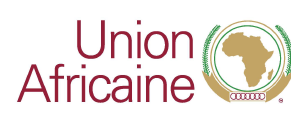Ressources
INAUGURAL AFRICAN ECONOMIC PLATFORM
20th to 22nd March, 2017
Port Louis, Mauritius
Downlink Parameter for AFRICAN ECONOMIC PLATFORM 20 - 22 MARCH 2017
INAUGURAL AFRICAN ECONOMIC PLATFORM
20th to 22nd March, 2017
Port Louis, Mauritius
Downlink Parameter for AFRICAN ECONOMIC PLATFORM 20 - 22 MARCH 2017










